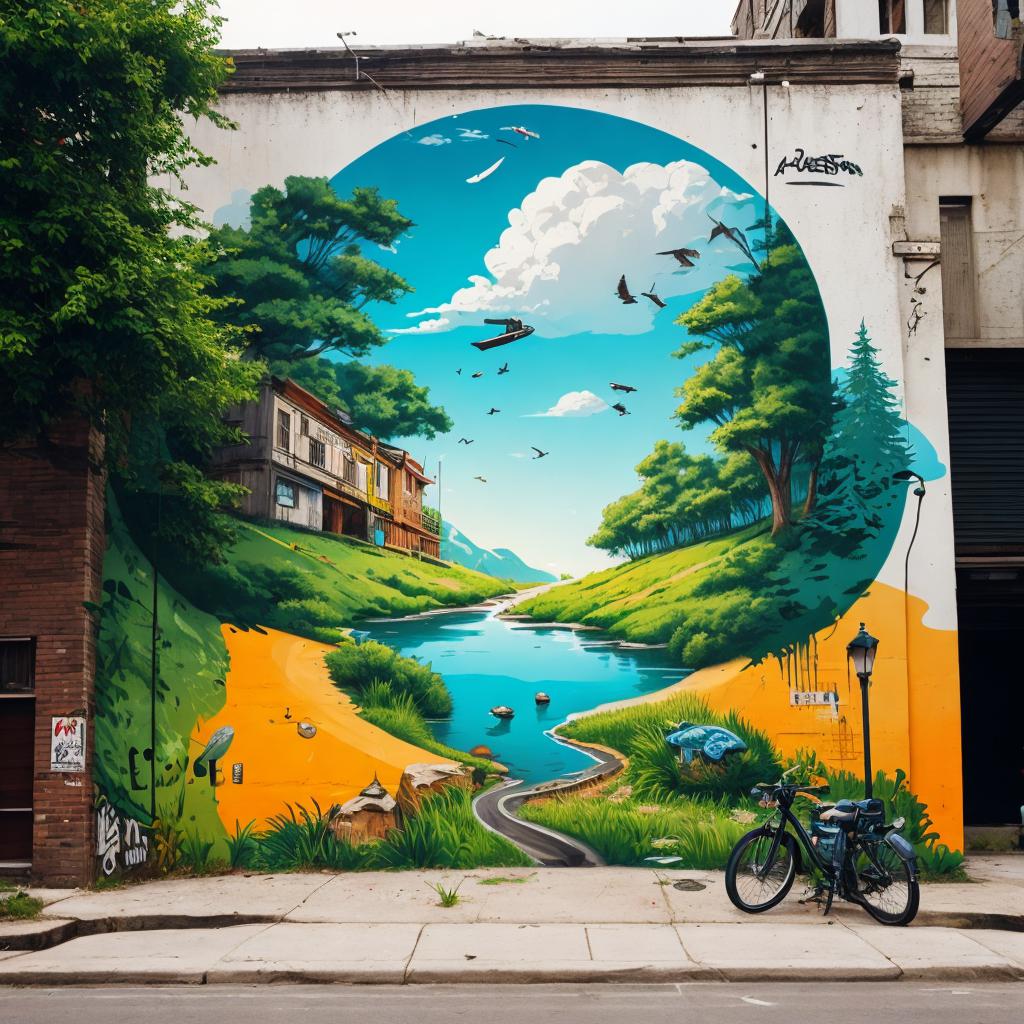
Difference between copyrighting images and videos
Copyright is a legal protection that grants exclusive rights to the creator of an original work, such as images or videos, giving them the right to control how their work is used and distributed. While the basic principles of copyright apply to both images and videos, there are some differences in how copyright protection is applied to these mediums.
1. Nature of the Work
Images: Copyright protection applies to still images, including photographs, illustrations, paintings, and graphic designs.
Videos: Copyright protection applies to moving images, including motion pictures, films, animations, and video recordings.
2. Duration of Protection
Images: In most countries, the duration of copyright protection for images lasts for the life of the author plus a certain number of years after their death. The specific duration varies depending on the country and other factors.
Videos: The duration of copyright protection for videos is generally the same as that for images, lasting for the life of the author plus a specific number of years.
3. Originality and Fixation
Images: Copyright protection applies to original images that are fixed in a tangible medium. It means that the image must be created independently by the author and must exist in a physical or digital form.
Videos: Similar to images, copyright protection applies to original videos that are fixed in a tangible medium. Videos must be created independently and recorded or stored in a physical or digital format.
4. Expression and Content
Images: Copyright protection primarily covers the visual representation of an image. It includes the specific arrangement of colors, shapes, lines, and elements that make up the image.
Videos: Copyright protection extends to the audiovisual content of a video, which includes not only the visual elements but also the accompanying sounds, music, dialogues, and any other audio components.
5. Licensing and Usage
Images: Copyrighted images can be licensed or sold by the copyright owner to other individuals or organizations. The license determines how the image can be used, such as for personal or commercial purposes, and may specify restrictions or permissions.
Videos: Similarly, copyright owners of videos can license or sell their works, dictating how they can be used. Videos often have additional considerations, such as synchronization rights for music or performance rights for actors, which may require separate permissions.
Copyright laws may vary between countries, and the specifics of copyright protection can be complex. If you have specific concerns or questions regarding copyright for images or videos, it is advisable to consult with a legal professional or copyright expert in your jurisdiction.
Are images or videos of deceased people free
No, the fact that someone is deceased does not automatically make their images or videos free for anyone to use. Copyright protection extends beyond the lifetime of the creator and is often inherited by their estate or designated rights holders. The duration of copyright protection varies depending on the country and other factors, but it generally lasts for a certain number of years after the creator’s death.
Even after the copyright term expires, there may still be other rights associated with the image or video, such as rights of privacy or publicity, which can vary depending on the jurisdiction. These rights may restrict the use of someone’s likeness, even after their death.
The legalities surrounding the use of images or videos of deceased individuals can be complex and depend on various factors, including the specific laws of the country in question. If you are unsure about the copyright status or permissible use of such materials, it’s advisable to seek legal advice or consult with a copyright expert.
What a jungle
Indeed, copyright law can be complex and navigating its intricacies can sometimes feel like a jungle. It is designed to protect the rights of creators and ensure that their works are not used or exploited without permission. However, the specifics of copyright can vary between countries and depend on various factors, making it a nuanced area of law.
To avoid any potential legal issues or infringements, it’s generally recommended to obtain proper authorization or licensing for the use of copyrighted materials, whether they belong to deceased individuals or living creators. If you have concerns or questions about the copyright status of specific images or videos, it’s best to consult with a legal professional who specializes in intellectual property or copyright law. They can provide guidance based on the laws applicable in your jurisdiction and help you navigate through the jungle of copyright.

Can we copyright nature, a lot of infringement and destruction there?
Copyright law generally does not protect natural phenomena, such as landscapes, animals, or natural environments. Copyright is designed to protect original works of authorship that are the result of creative expression, and nature is considered to be outside the realm of human creation.
However, it’s important to note that there are other legal frameworks in place to protect natural resources, environments, and ecosystems. These include environmental laws, conservation regulations, and specific protections for endangered species or habitats. These laws aim to prevent infringement, destruction, or exploitation of natural resources for the sake of environmental preservation.
Additionally, certain photographs or artistic representations of nature may be protected by copyright if they meet the requirements of originality, creativity, and fixation in a tangible medium. In such cases, it is the creative expression of the photographer or artist that is protected, rather than the subject matter itself.
If you are concerned about environmental infringement or destruction, it is advisable to explore the specific laws and regulations governing environmental protection in your jurisdiction. Environmental organizations and governmental bodies often play a role in monitoring and enforcing these regulations to ensure the preservation and sustainable use of natural resources.

